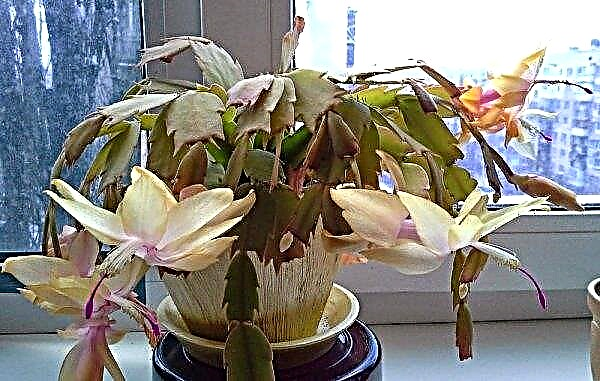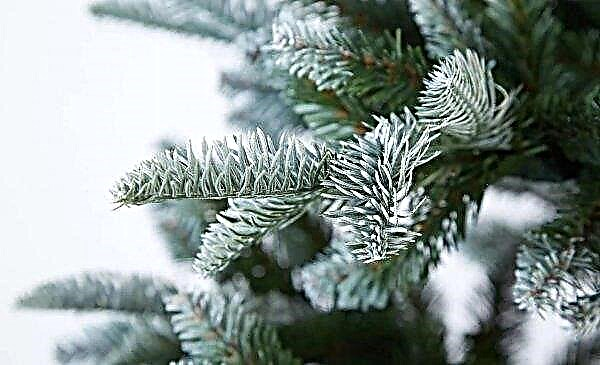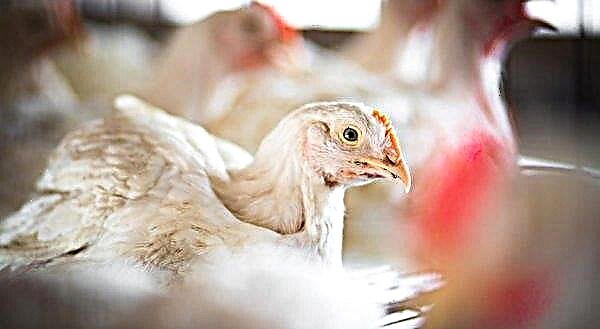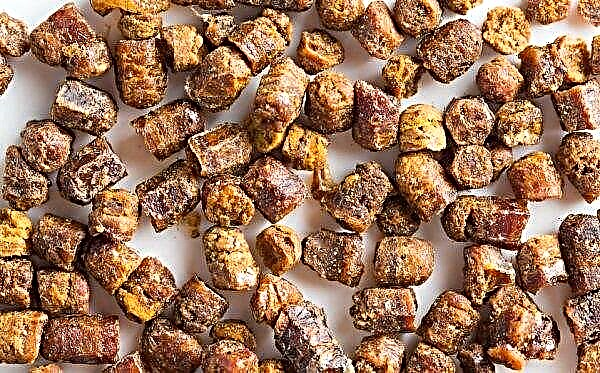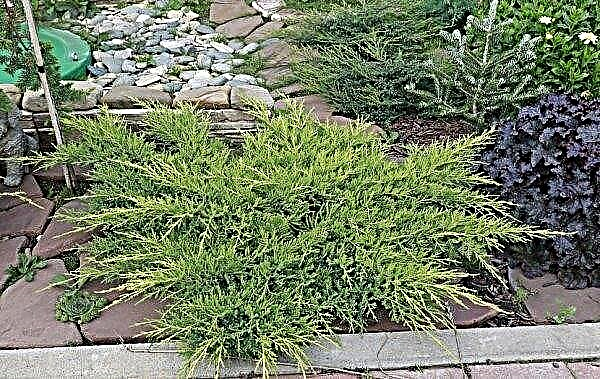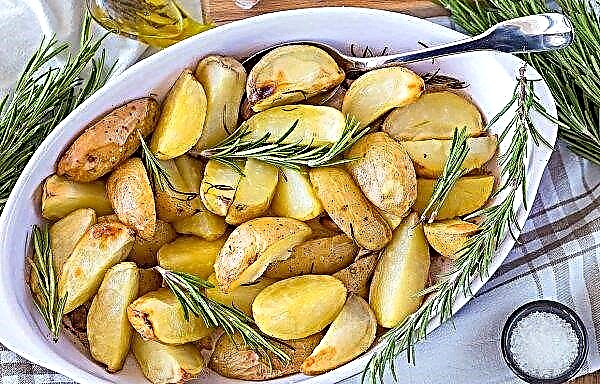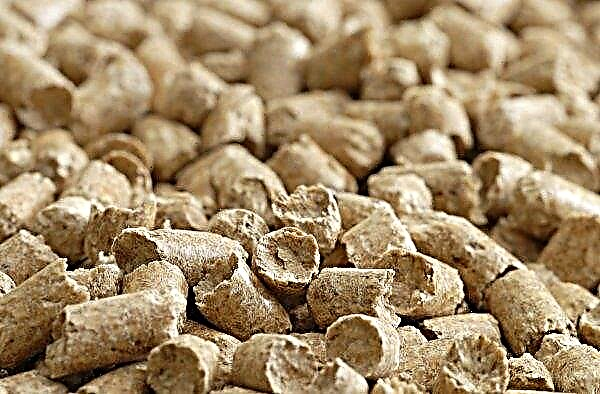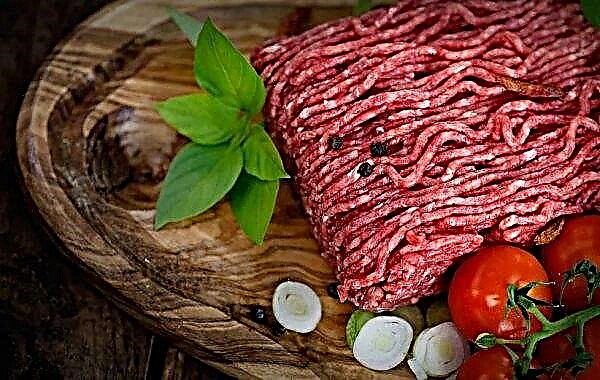So that the hives made of wood or polystyrene foam do not rot and are not exposed to other environmental factors, use various techniques, among which the main one is painting. How best to do this and what paint to use to increase the effectiveness of this manipulation, read below.
Do hives need to be painted?
There is no clear answer to the question regarding the need for painting. Some users are confident in the absolute necessity of this manipulation, while others voiced the completely opposite opinion.
To draw your own conclusion about the need to paint on the surface of a bee’s dwelling, you need to evaluate all the advantages and disadvantages, as well as understand what exactly the goals of the paint are in addition to protecting building materials from corrosion processes.

Advantages and disadvantages
- The main advantages of painting hives are:
- improved orientation of bees on the ground - less often there are cases of individual individuals falling into alien families;
- increasing the resistance of materials to environmental factors;
- increase the duration of the operation of the hives.
The disadvantage of this approach is associated with the wrong choice of paint. Firstly, most paint products are poisonous to insects, and secondly, it hinders the normal circulation of air inside the hive, which leads to the accumulation of condensate and the death of its inhabitants.
Important! The hives are painted only outside. Inside, the bees themselves cover their home with a thin layer of propolis, thereby providing an optimal microclimate and protection against infections.
What tasks does hive painting solve?
In addition to corrosion protection, painting in bright colors allows you to create a favorable microclimate inside the structure during the hottest period when there is a high risk of overheating. In addition, the manipulation is aimed at optimizing the recognition by bees not only of their houses, but also of their neighbors.
So, when coloring adjacent hives in different colors, the problem of getting working bees into other families is almost completely eliminated, which increases the efficiency of their work.  The same factor reduces the possibility of the spread of infection and the tick of varroa when the bees wander and enter other people's homes. By increasing the efficiency of honey collection, the result of breeding is improved.
The same factor reduces the possibility of the spread of infection and the tick of varroa when the bees wander and enter other people's homes. By increasing the efficiency of honey collection, the result of breeding is improved.
The value of hive painting for bees
Honey insects distinguish colors. When stained in the optimal color scheme of houses, the insect will not waste energy searching for its home, which will save it from death if it gets into someone else's house. The same feature of working bees allows them to more confidently collect large amounts of nectar.
Did you know? Bees have well-developed olfactory receptors. A working bee is able to smell a flower, being at a distance of 1 km from it.
What and when to paint the hive
You need to paint the hives in the spring or summer. First, the bees are moved to an empty hive, and then they are dyed. After the paint has completely dried, you can reset the insects back.
What paint to choose?
For painting, you need to use dyes that are safe for insects. One of these paints is acrylic, which is made on a water basis, therefore it is completely safe for bees. The disadvantage of this coating is the ability to apply only on a putty surface, and for wood, its use is advisable provided that it has not been painted before. The undoubted advantages are the ability to use on any surface (wood, polystyrene, concrete), resistance to fading in the sun, which allows you to not update the coating for 15 years.
The undoubted advantages are the ability to use on any surface (wood, polystyrene, concrete), resistance to fading in the sun, which allows you to not update the coating for 15 years.
Oil paints are less effective than acrylic, but also safe for insects. Their service life is 4-5 years. After this period, you will have to update the coverage. A significant drawback of oil paint is the creation of an impermeable film on the surface of the material from which the beehive is made, which prevents normal gas exchange. Silver paint is currently used for painting roofs - with this approach, UV rays are reflected in the summer. It is not practical to use it for walls, because a coating is made on the basis of aluminum, which negatively affects the condition of the bee family.
Silver paint is currently used for painting roofs - with this approach, UV rays are reflected in the summer. It is not practical to use it for walls, because a coating is made on the basis of aluminum, which negatively affects the condition of the bee family. Liquid glass is not paint, but it is actively used to paint the outer walls of hives. With respect to environmental protection, the material is superior to acrylic and oil paints. When using liquid glass, the walls are painted in 3 layers. The interval between application is 15 minutes.
Liquid glass is not paint, but it is actively used to paint the outer walls of hives. With respect to environmental protection, the material is superior to acrylic and oil paints. When using liquid glass, the walls are painted in 3 layers. The interval between application is 15 minutes.
Recommended colors
When choosing a color palette, one should rely on the features of the visual perception of insects. From the whole spectrum, bees perceive yellow, blue, and purple hues.
In uterine breeding farms, a technique is used for painting one body with a close arrangement of several arrival boards with paints of several shades. This approach will save the queen bee when it departs for mating or control flight.
Important! Honey bees do not distinguish red color, therefore staining in red tones and shades, except for orange, will not bring the proper effect.
The fact is that a wandering ordinary bee can fly into a stranger’s hive and then freely leave it, and the uterus, caught in such a situation, dies, because a strange swarm immediately destroys the unfamiliar queen.
With a combination of colors, the arrival boards, bottoms, roof covers are covered with a darker color (for example, blue), and the covers and walls with light tones (yellow, white, orange). With this approach, neither the queen nor the working bees will confuse their home with a stranger.

- From the entire color palette, it is permissible to use:
- white;
- yellow;
- blue;
- blue;
- light purple;
- green.
Did you know? To produce 1 kg of honey, 1 bee needs to visit 10 million flowers.
Video: painting hives
Features of hives made of polystyrene foam
To cover hives made of polystyrene foam, it is best to use acrylic paints designed for outdoor use, and specifically styrene-acrylate water-based compositions. Before painting, the surface must be prepared.
For this:
- Align, to the maximum, the surface, especially at the seams.
- Apply an acrylic primer - you do not need to do this too carefully, since the liquid will not be absorbed into such a surface. When the primer dries, they clean the entire plane with a spatula, removing hardened drops.
- Glue the reinforcing mesh, and then - putty the entire surface, especially carefully passing the seams.
- As soon as the putty dries, staining is done - you can apply the coating from a spray gun or using a roller.
- If the color is not bright enough, then after drying the first layer, apply the second.
Video: painting hives from expanded polystyrene with acrylic facade paint
What colors are harmful?
Thick oil paints are not suitable for painting hives. If it was decided to use just these products, you should choose a material based on organic compounds. Otherwise, there will be an inappropriate microclimate in the bee house and insects will not be able to overwinter normally.
In addition, do not use varnishes and paints that have a strong, pungent odor. Their fumes are toxic not only to bees, but also to humans.
When buying a coloring matter, carefully read the composition. The most dangerous not only for insects, but also for humans, is polyvinyl chloride (PVC). When heated by sunlight, it decomposes and enters the body of bees, causing intoxication.
Tips for painting beehives
Some useful recommendations from experienced beekeepers:
- Paint the main external details of the hive with an acrylic compound for facade work, after applying a primer specially designed for specific materials.
- Use the lightest shades for the roof and rear walls.
- Do not use black tones in coloring hives.
- Nearby standing bee houses do not paint in the same colors.
Video: how to paint the hive
Painting the hives allows you to extend their life and create a landmark for the bees on the ground. The effectiveness of this manipulation is proven and fully justified by experienced beekeepers. Such work, depending on the type of coating chosen, needs to be done every 5 or 15 years (depending on the composition of the paint).

